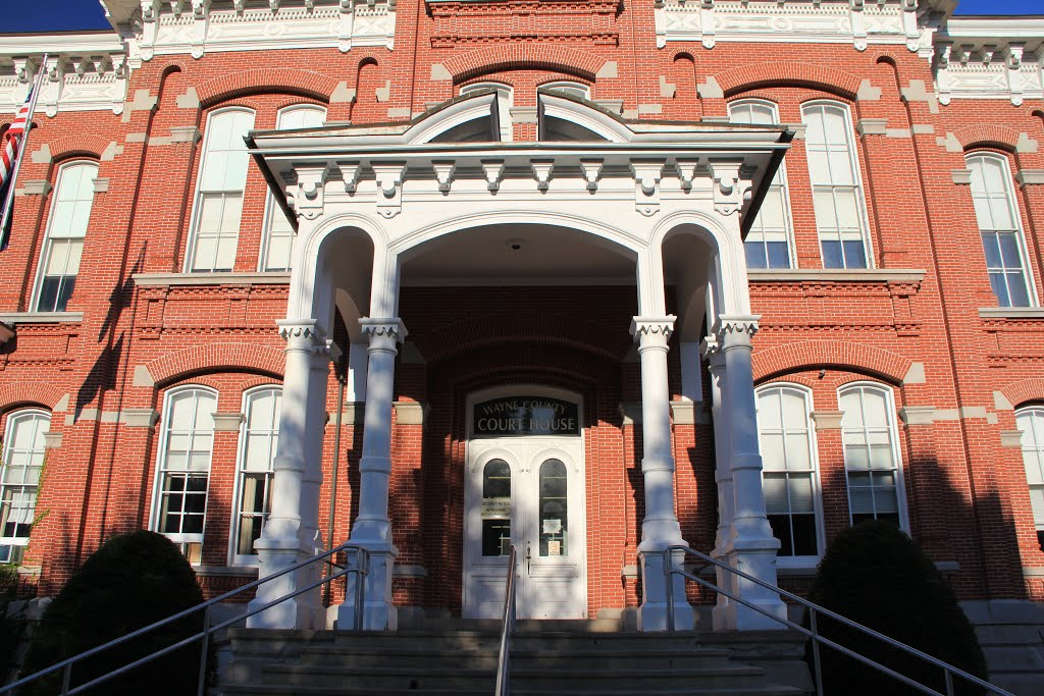At the top of the Keystone State, in the region known as NEPA (Northeastern Pennsylvania), you’ll find the County of Wayne, home to a little over 52,000 people. It’s not a large county – it encompasses just 751 square miles – and on the face of it, it might seem to outsiders to be rather sleepy and benign.
In Wayne County you’ll find breathtakingly beautiful countryside, lake resorts and county fairs, neat and attractive housing communities in towns and villages that seem to still have a rather old-fashioned feel and sometimes perhaps a little boring too. But in 2017 Wayne County is struggling with an issue that is getting harder and harder to deal with; the fact that it is leading the pack in the state in terms of the number of people falling prey to the opioid epidemic currently gripping the US as a whole.
The Wayne County Opioid Crisis by the Numbers
Although it is far smaller than the likes of Philadelphia, Wayne County ranked eighth in all 67 counties of the state in terms of drug deaths per 100,000 people in 2015, the last year that official state statistics are available for. But, according to local law enforcement and court records in 2016 and 2017 things have got even worse. In the first four months of 2017 alone, 100 deaths were attributed to opioid abuse, up from 56 in the whole of 2016, a figure which in itself was a sharp rise from 2015.
Apart from those unfortunate enough to succumb to their addictions, there are hundreds of active addicts in Wayne County, many of whom are seeking help from the state and the office in charge of dealing with all of this, the Wayne County Drug and Alcohol Commission, are struggling to cope with the demand for the services they can offer.
What Spurred the Crisis in Wayne County?
Back in the 1970s and 1980s, the last time that heroin use was ‘big’, it was the drug of choice of rock stars and Hollywood types. In Wayne County in 2017 the average drug user is white, male and over 30 and these are not rich people.
Much of the blame for the current crisis is being placed on an over-prescription of strong opiate pain medications. It is common that having become addicted to these pain medications, a serious problem in itself, they turn to the far cheaper alternative – heroin – instead.
Health insurance is not particularly affordable to the average Wayne County working adult, many of whom receive little more than the state minimum wage – $7.25 – for work far better paid elsewhere – and prescriptions for these medications are not cheap should they not be covered. According to recent state figures, an increasing number of physicians are now, sensibly, no longer prescribing opioids to their patients, but often nothing is done to address how the patient cut off from these drugs is supposed to cope.
The result? More than 60% of those seeking help for heroin addiction from the state report initially abusing opioids they had been legally prescribed before turning to the streets to find a cheaper alternative to prevent them from ‘getting sick’ and having to deal with withdrawal.

The Fight is On
In spite of the grim statistics, Wayne County is working hard to try to address the problem. In addition to statewide initiatives, the Wayne County DA, Jeanette Edwards, has implemented measures specifically within the county to try to combat opioid abuse and assist addicts trying to make a recovery.
Speaking with the local newspaper, The News Eagle, Edwards recently outlined some of these measures, including increasing the supply available to local first responders of the drug Narcan, which can save lives in the case of overdose, of an increase in support for the Wayne County Heroin Prevention Task Force and the introduction of the Immediate Punishment Program (I.P.P.) in the courts that allows those convicted of drug offenses to opt for mandatory treatment and testing rather than incarceration.
But, she admitted, there is still a long way to go. “Having these tools in the fight places our county in a better position to address the overdoses, however more is needed,” Edwards stated in the News Eagle interview. “Treatment options such as inpatient facilities in our region are scarce. It is something we desperately need.”
In the meantime, with the issue out in the open, people are beginning to better understand this is a real problem with a serious illness, making it easier and less stigmatizing to seek help, which can only be a good thing and offer some hope to a county that’s being consumed by a problem many locals never expected would ‘come to their town.’







